Sparking Innovation: How Collective Effervescence Can Power Your Workshops
Have you ever been to a concert, sports event or other live shows and found yourself singing along, waving your hands and potentially getting quite emotional at being part of a big group of likeminded people who are all there enjoying a shared experience? It feels so great to be part of, and we leave the event feeling pumped and inspired.
What if our planning days and workshops could be make us feel this way? What if they could be those rare moments where energy crackles in the air, ideas spark like fireworks, and you leave feeling genuinely motivated and inspired? Well, there’s a secret weapon hiding in plain sight, and it has nothing to do with fancier flipcharts or better coffee. It’s called collective effervescence.

Coined by Émile Durkheim, collective effervescence describes the bonding and emotional energy that arise when a group of people come together for a shared purpose. It’s that feeling of being part of something bigger than yourself, where individual egos melt away and a collective sense of excitement takes hold. Collective effervescence is that feeling of shared energy and connection you get when a group is firing on all cylinders.
So, what can this teach us about workshops? Here’s the thing: workshops often miss the mark because they focus on information delivery, not connection. We forget that people learn best when they’re engaged, inspired, and feeling part of something bigger.
Understanding Group Dynamics:
The foundation for fostering collective effervescence lies in understanding group dynamics. Here are some ways that we design our workshops to create it:
- Shared Goals and Values: When participants feel a common purpose and their individual goals align with the workshop’s objectives, it creates a sense of unity and direction. We also like to craft a compelling narrative that outlines the workshop’s goals and why they matter. Frame the workshop as a shared journey towards a common objective, fostering a sense of collective purpose.
- Psychological Safety: A safe and inclusive environment is crucial. Participants need to feel comfortable taking risks, sharing ideas, and even disagreeing constructively to tap into their full creative potential. (read our previous post on building psychological safety in your team)
- Positive Interdependence: We structure activities and discussions that encourage collaboration. When team members rely on each other’s strengths to achieve a common goal, it strengthens the sense of shared identity and fosters collective energy.
- Active Participation: PowerPoint presentations have their place, but workshops thrive on interaction. We build in plenty of interaction, brainstorming sessions, and discussions to keep everyone engaged and contributing. Don’t underestimate the power of a well-placed icebreaker to promote interaction, laughter and connection. Simple rituals like group cheers, pop quizzes or table games can also solidify the sense of shared experience.
Putting these tactics into action will go a long way to generating a buzz in the room that energises and inspires everyone. That’s collective effervescence in action. But we also need to be alert to potential risks, especially if we want to have useful outputs that make sense when we all return to reality. Here’s some potential downsides of this group euphoria when it comes to effective workshops:
- Groupthink: When everyone’s feeling the positive vibes, it can be hard to voice dissenting opinions. We might all agree on something because it feels good in the moment, even if it’s not the best strategic choice.
- Overly Ambitious Goals: In the heat of the moment, a group can get carried away with grand visions and unrealistic goals. Remember, strategic plans need to be grounded, not just fuelled by passion.
- Lack of Critical Thinking: Critical analysis can feel like a buzzkill when everyone’s excited. But without it, we might miss potential flaws in our plan or overlook important details.
- Focus on Ideas, Not Execution: Collective effervescence is great for generating ideas, but strategic planning needs a roadmap for making those ideas happen. Don’t get lost in the brainstorming phase and forget about the practical steps to get there.
So, how do we harness the power of collective effervescence without falling victim to its pitfalls?
- Embrace Diverse Perspectives: Seek out people with different backgrounds and viewpoints to ensure a healthy dose of critical thinking and be intentional about giving everyone opportunities to speak. We also include activities that specifically call for dissent – like assigning people as the ‘black hat’ or asking groups to pull apart ideas and look for reasons why it wont work.
- Schedule Time for Reflection: After a brainstorming session, build in time for individual reflection and analysis. Encourage participants to come back with a more critical eye and raise any concerns they might have had in the moment. I’m actually a big fan of having workshops over a couple of days for this reason. It gives everyone a chance to marinate and come back with a fresh perspective.
- Focus on Actionable Steps: Don’t let the excitement fizzle out. Turn those big ideas into concrete steps with clear ownership and deadlines.
We can embrace the magic of collective effervescence to create a dynamic environment where participants feel empowered, inspired, and engaged, whilst also mitigating for the risks that it brings. When collective effervescence takes hold, workshops transform from passive learning experiences to vibrant hubs of creativity, innovation, and shared purpose.

